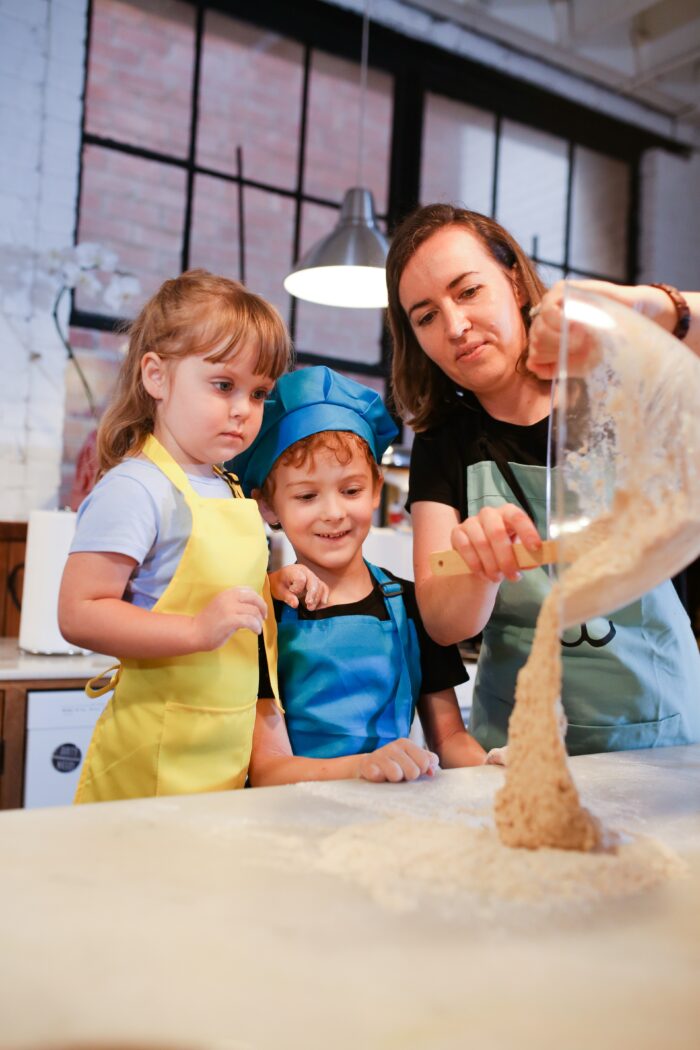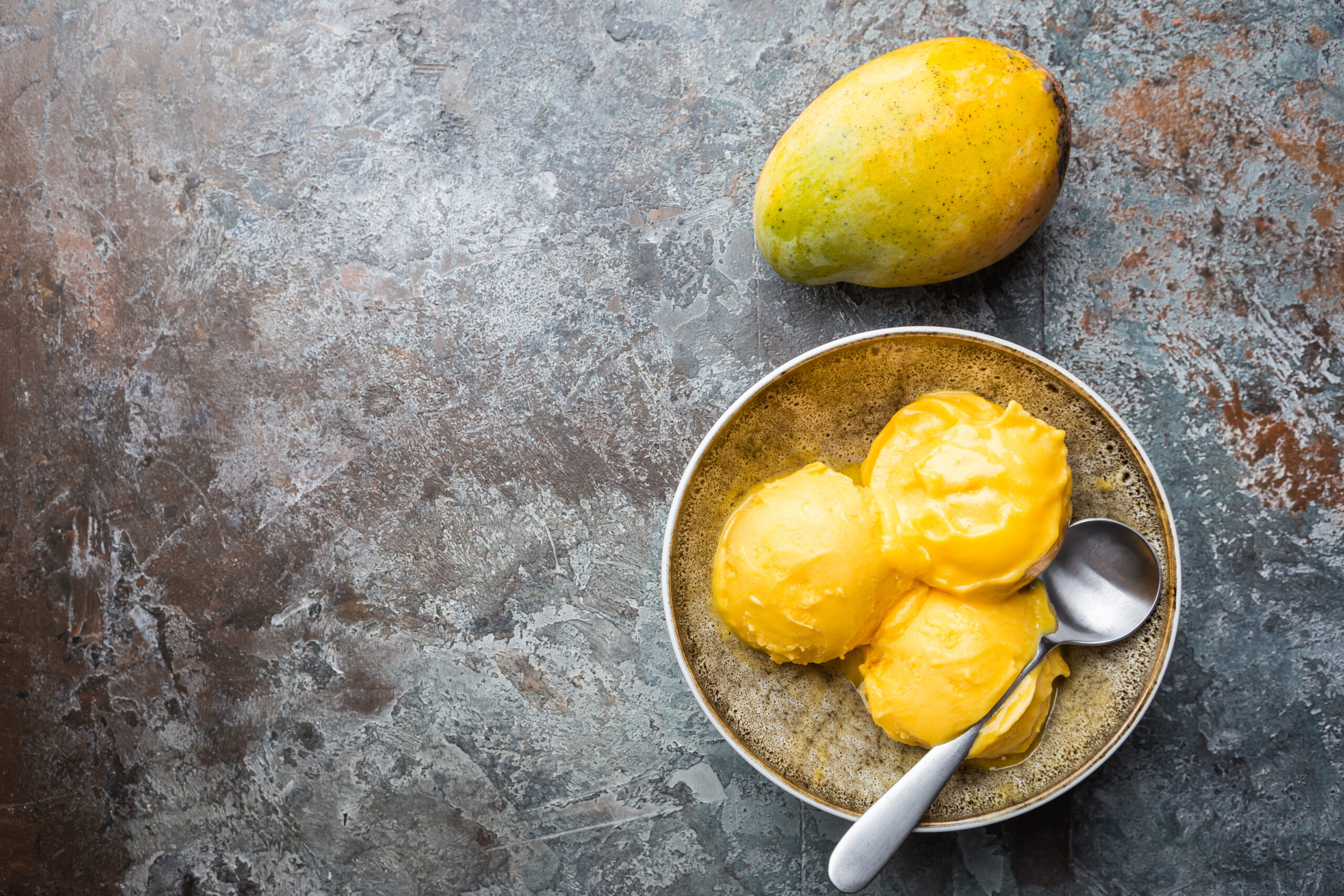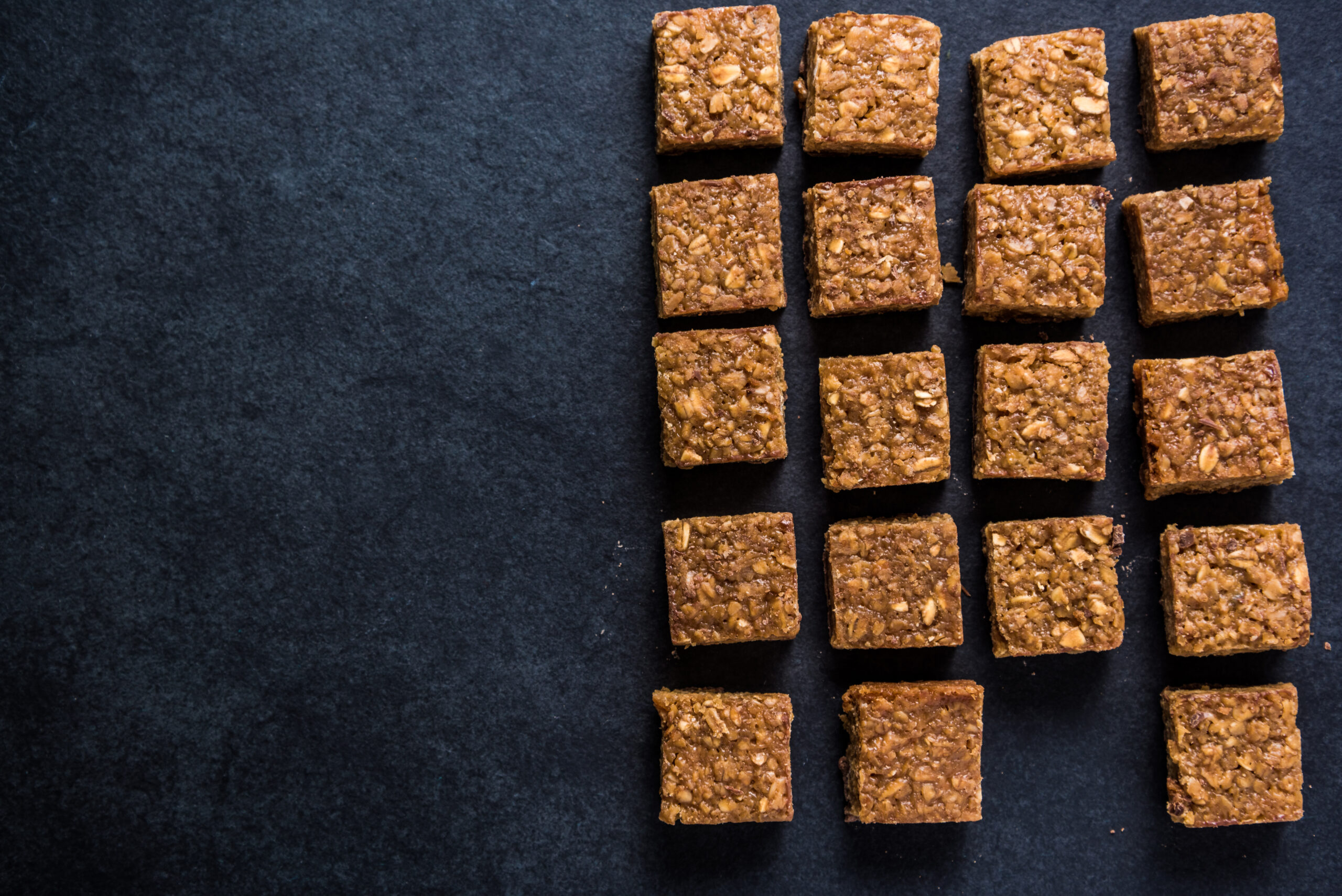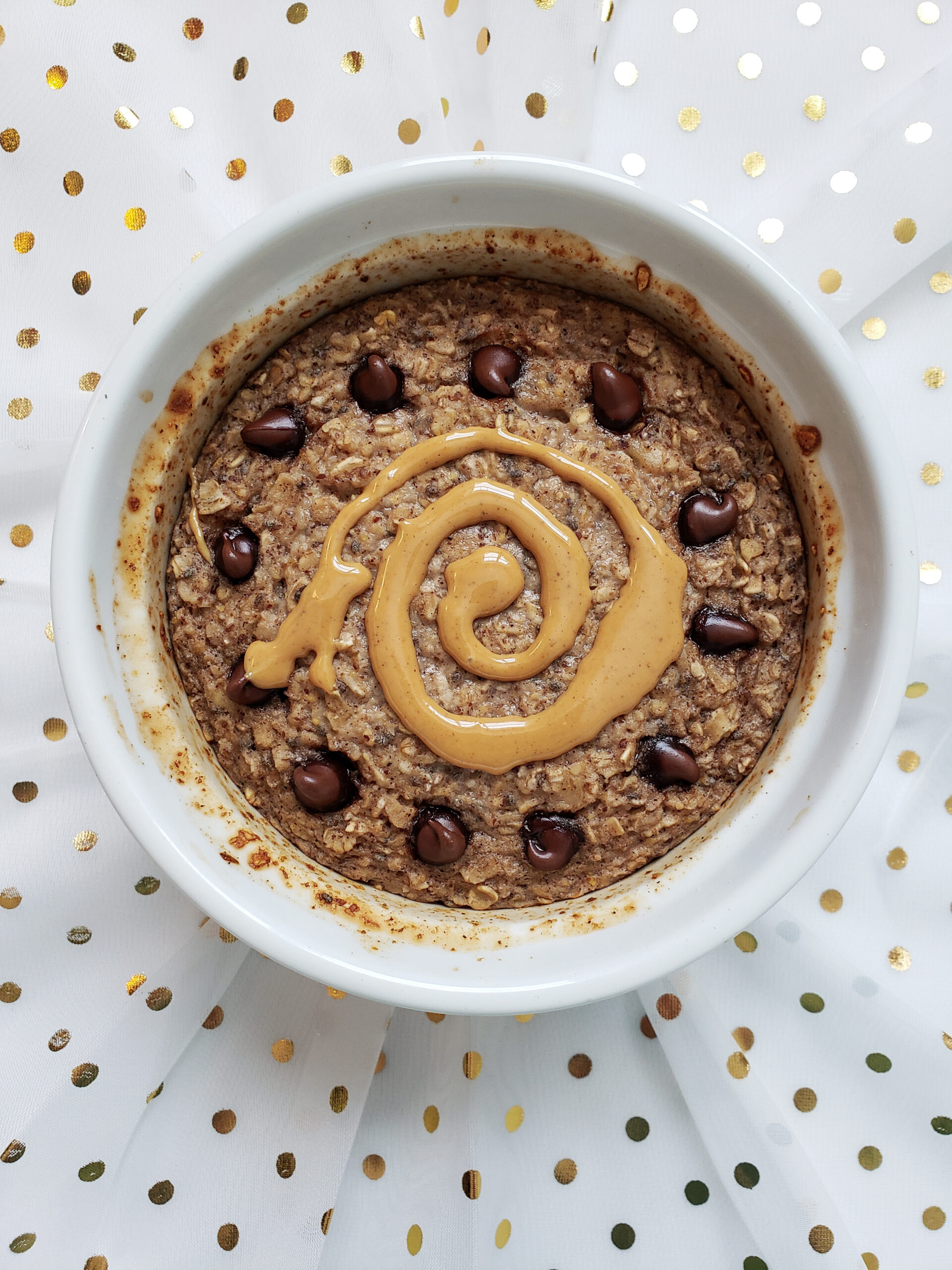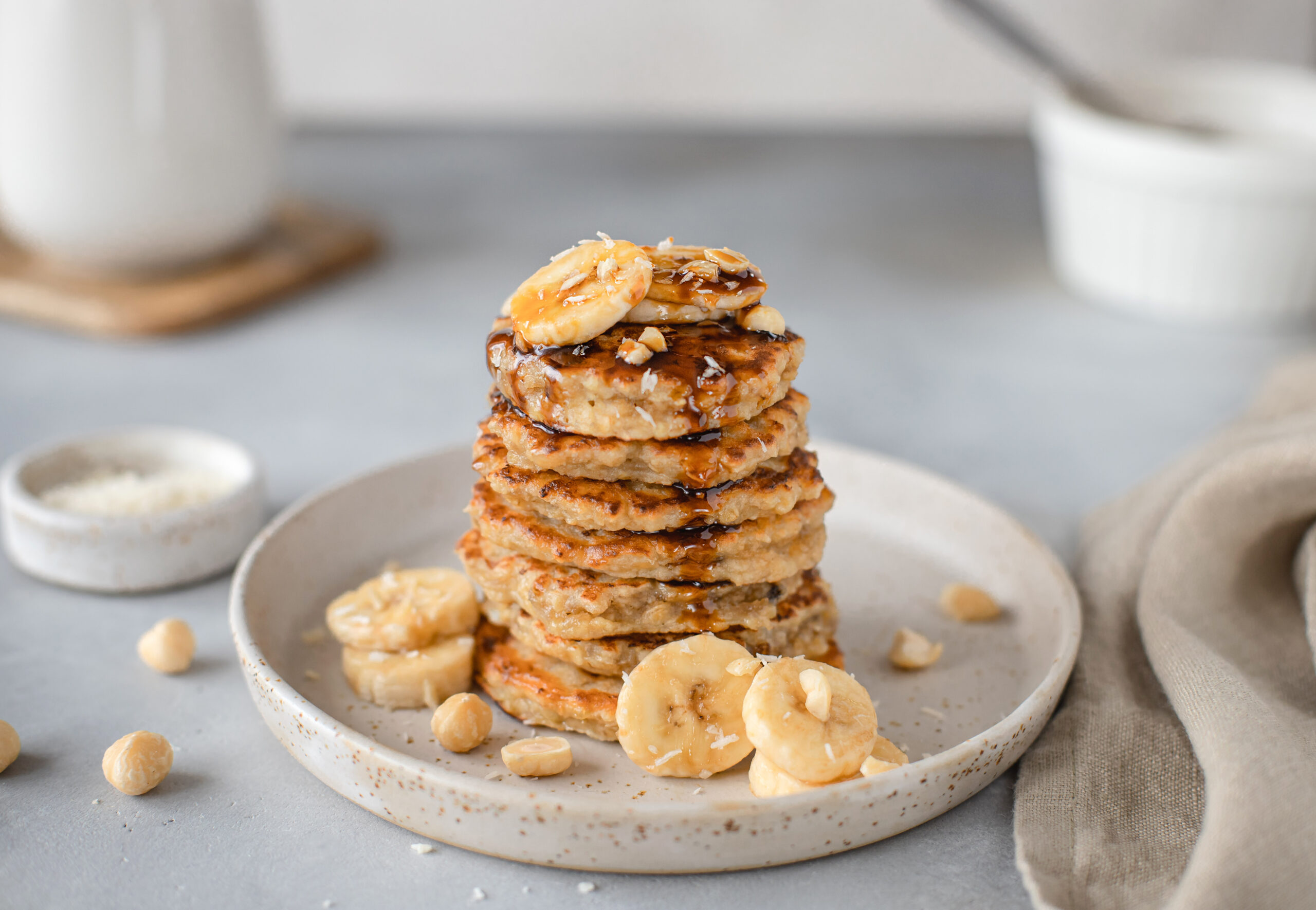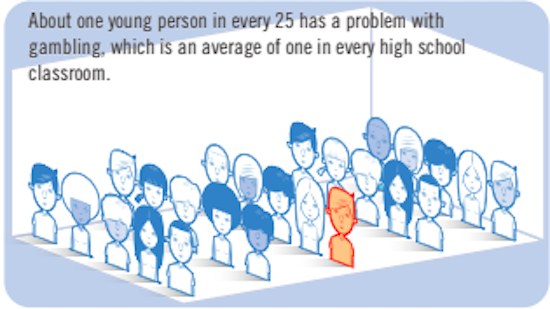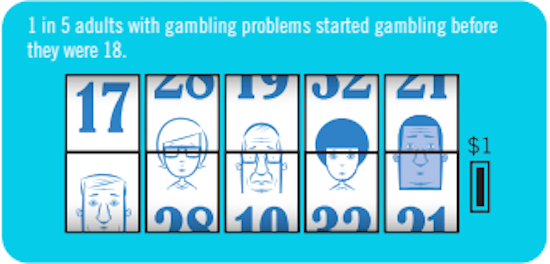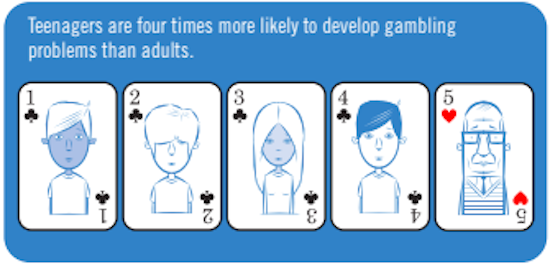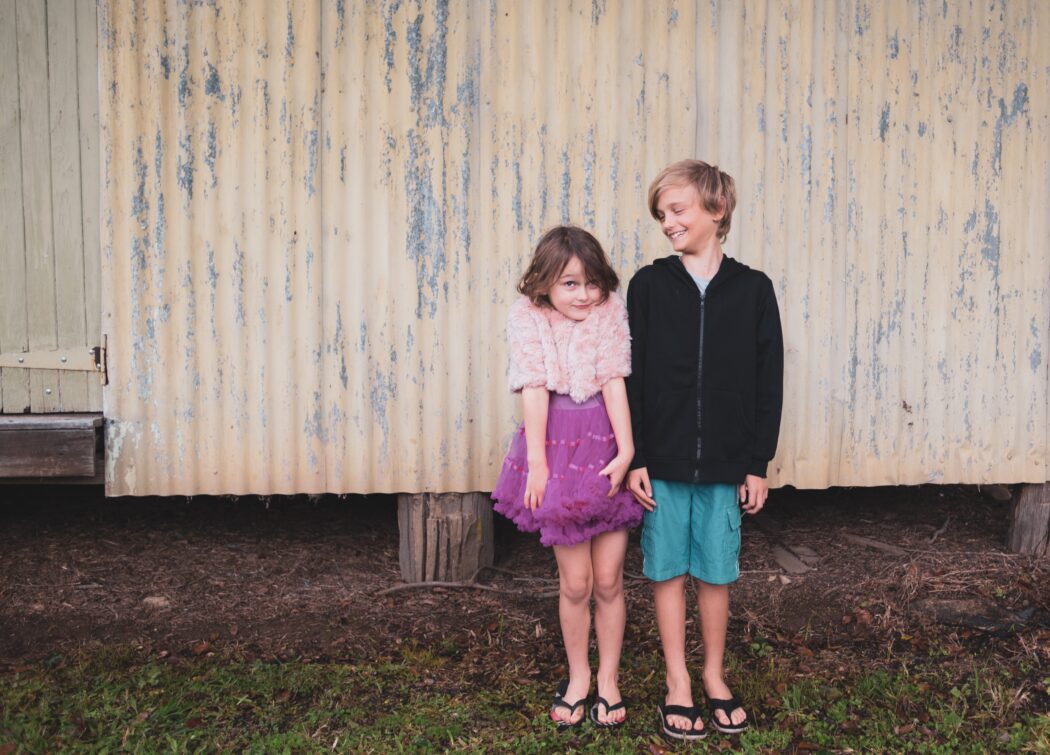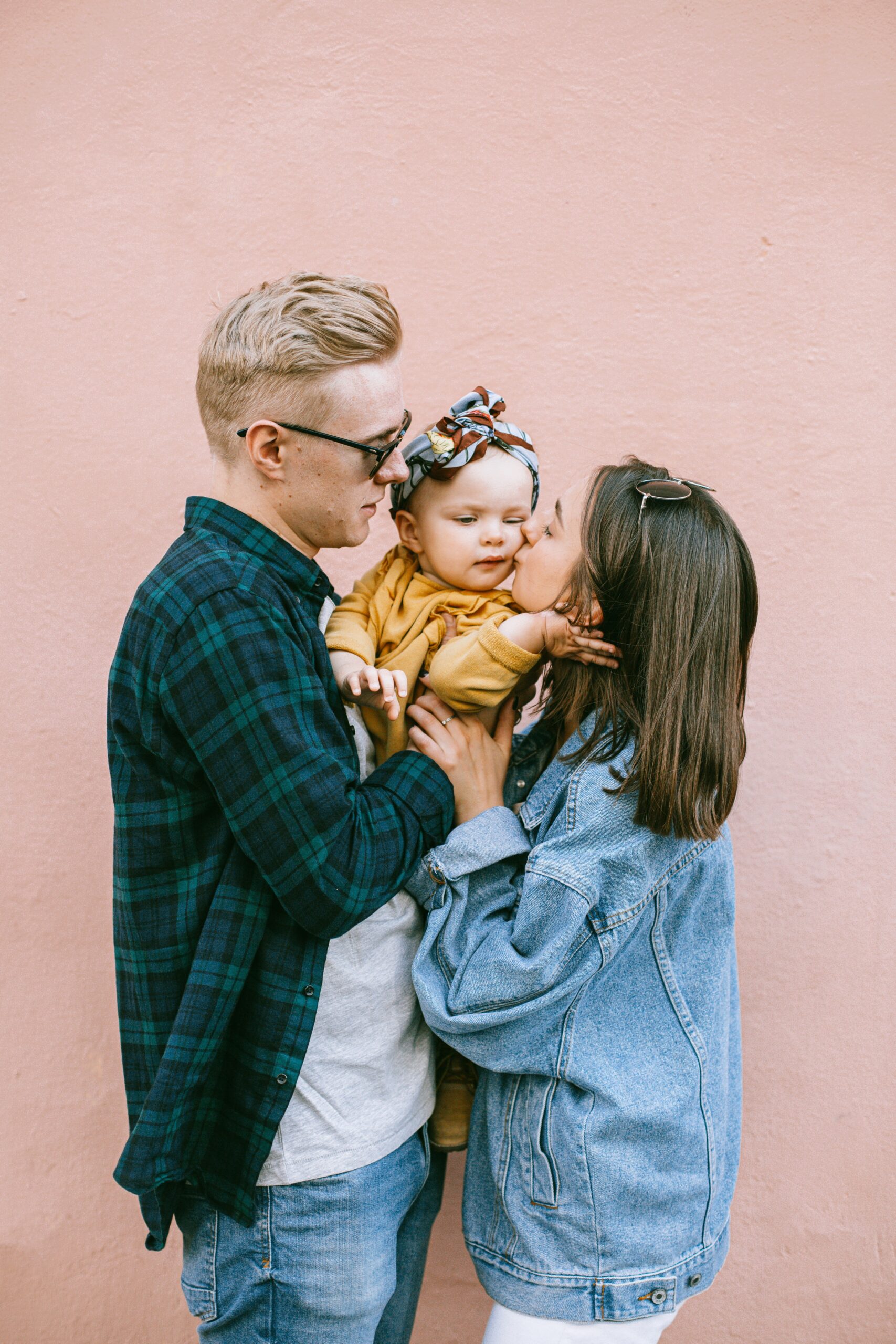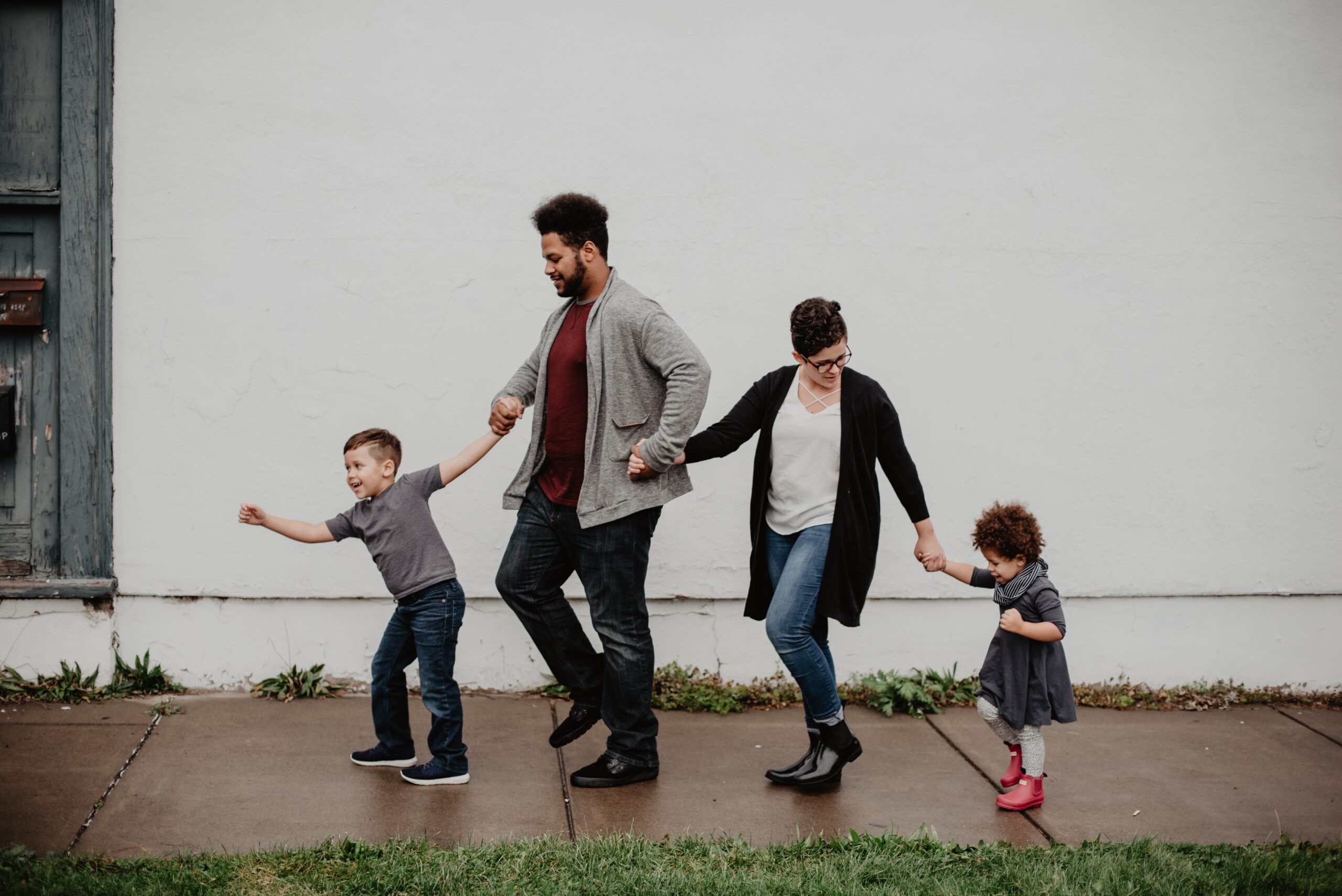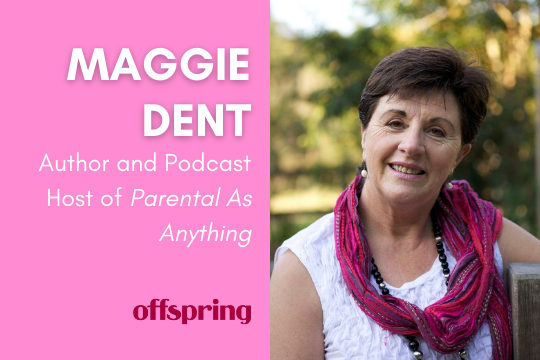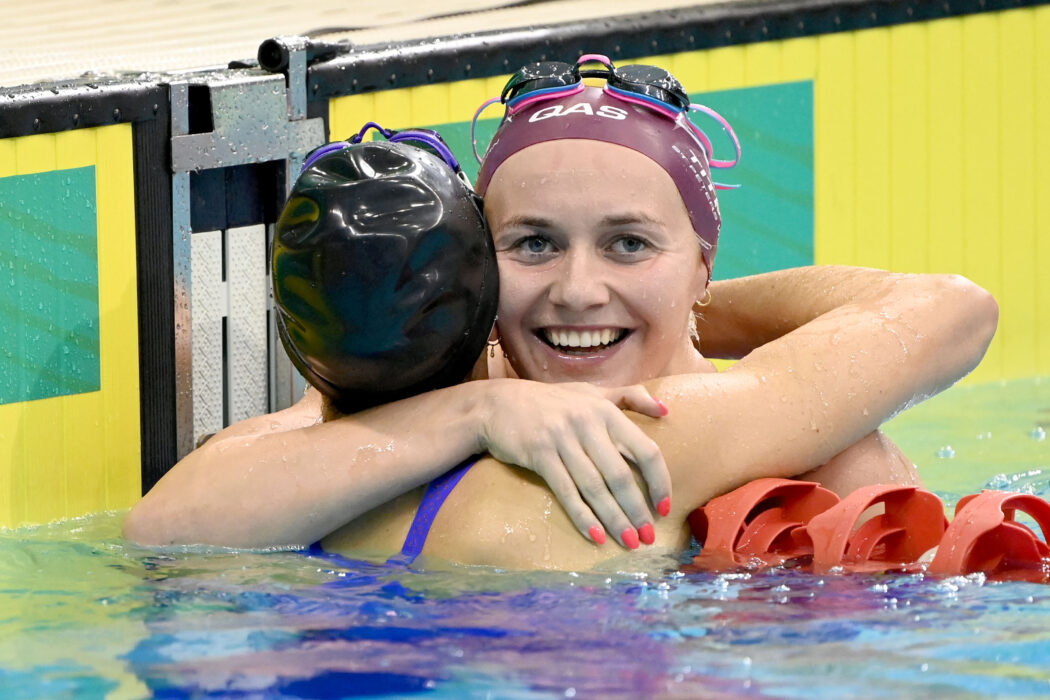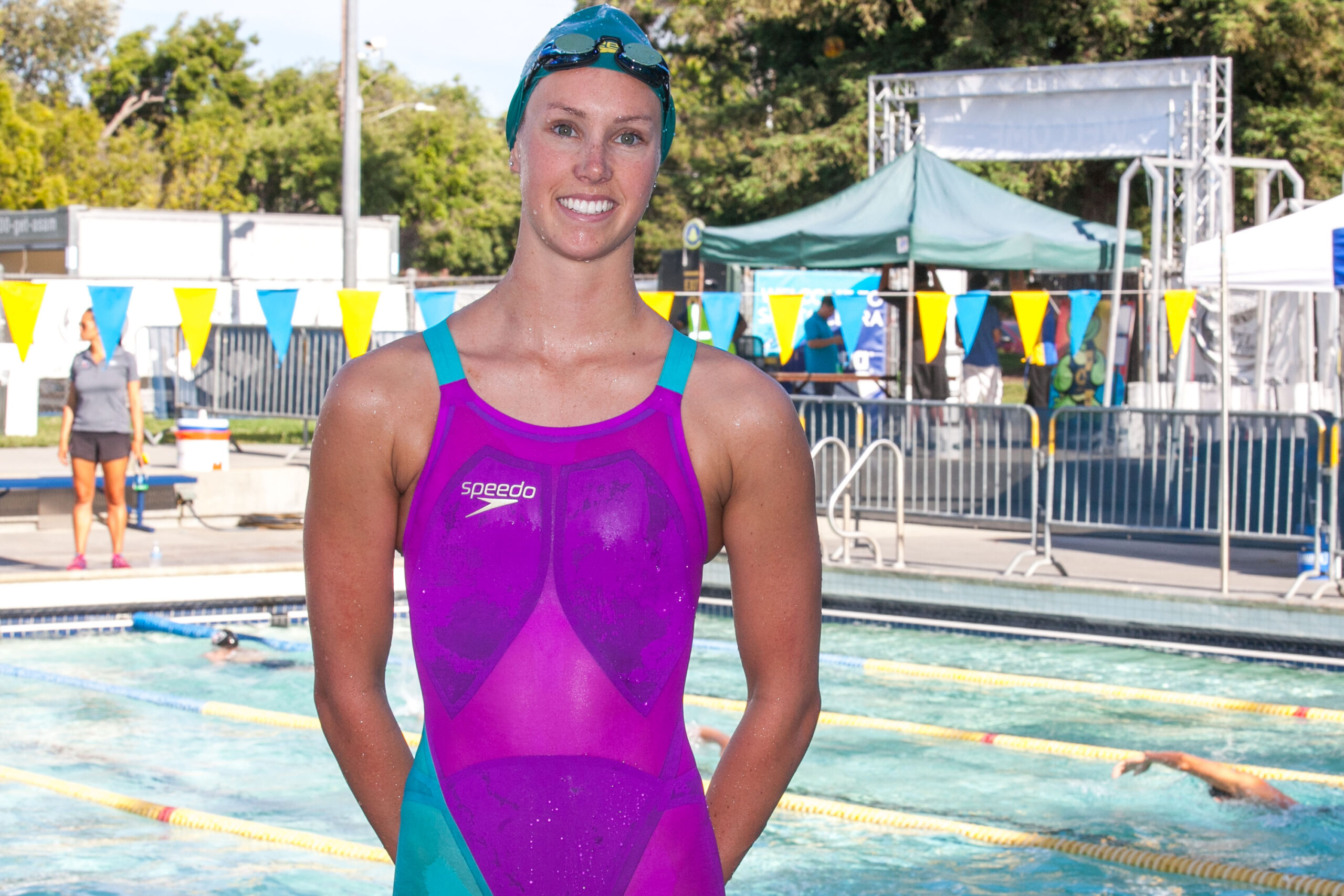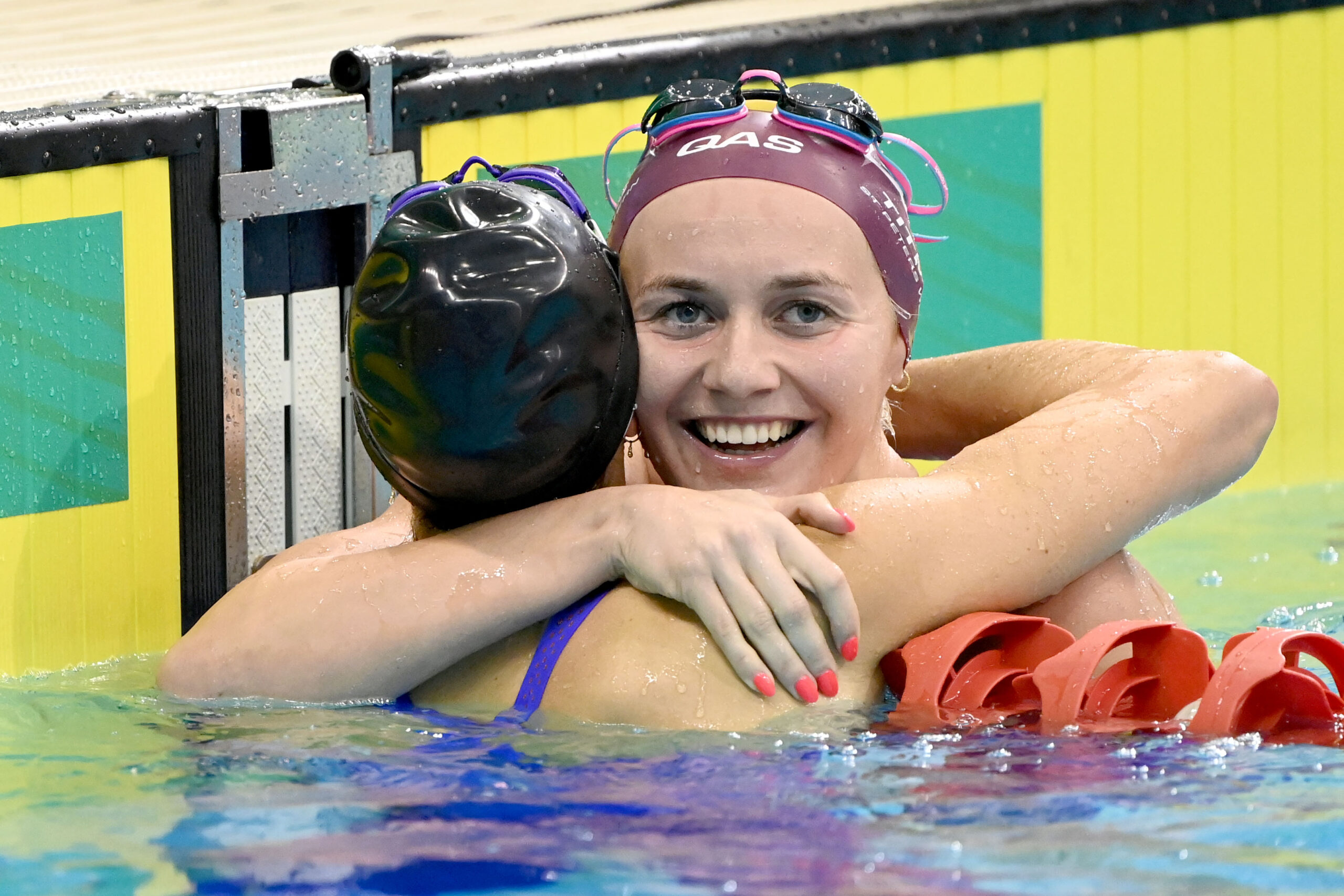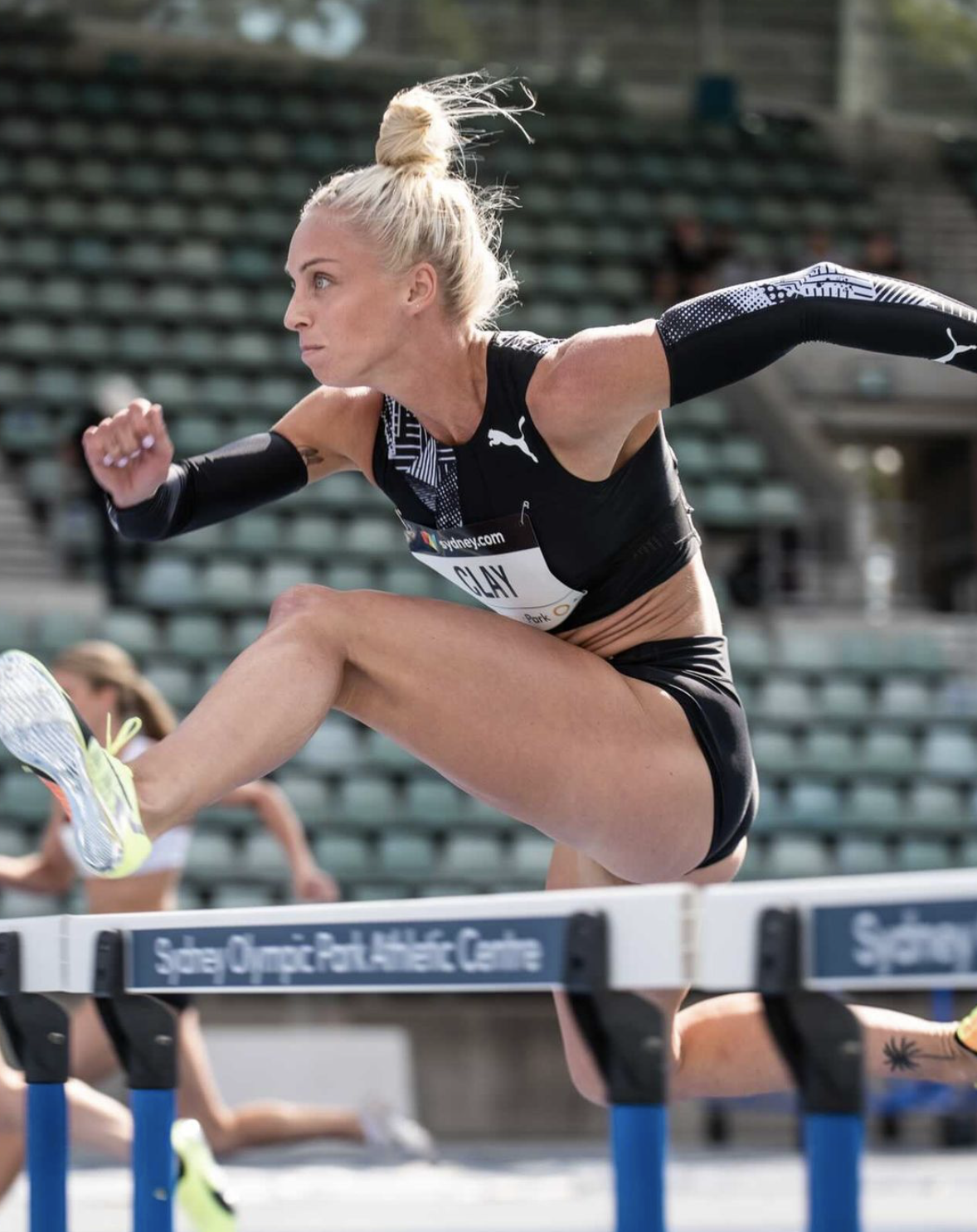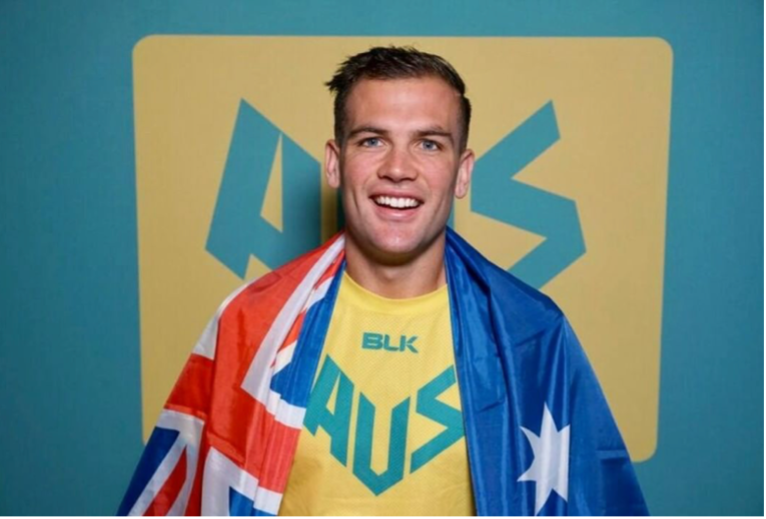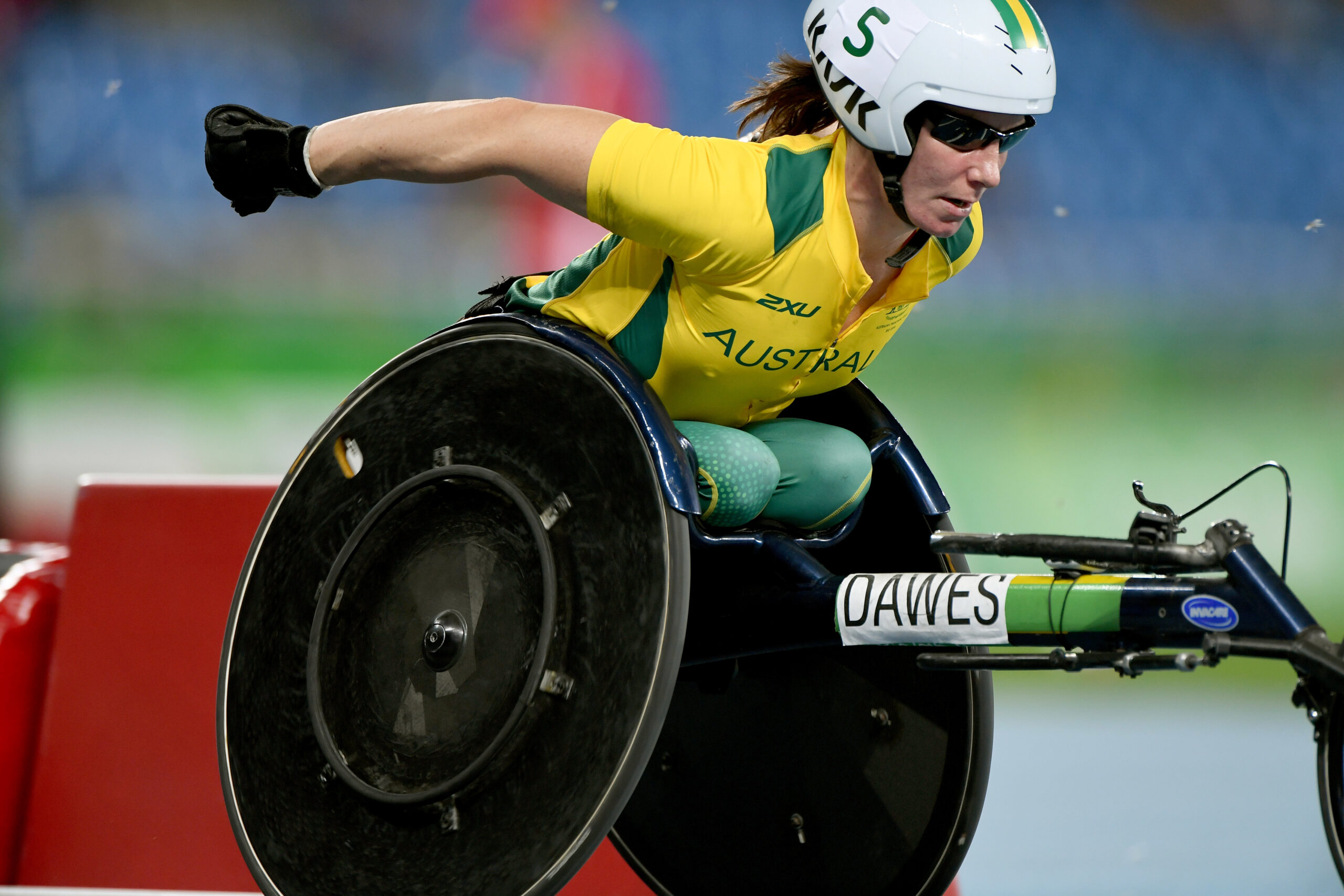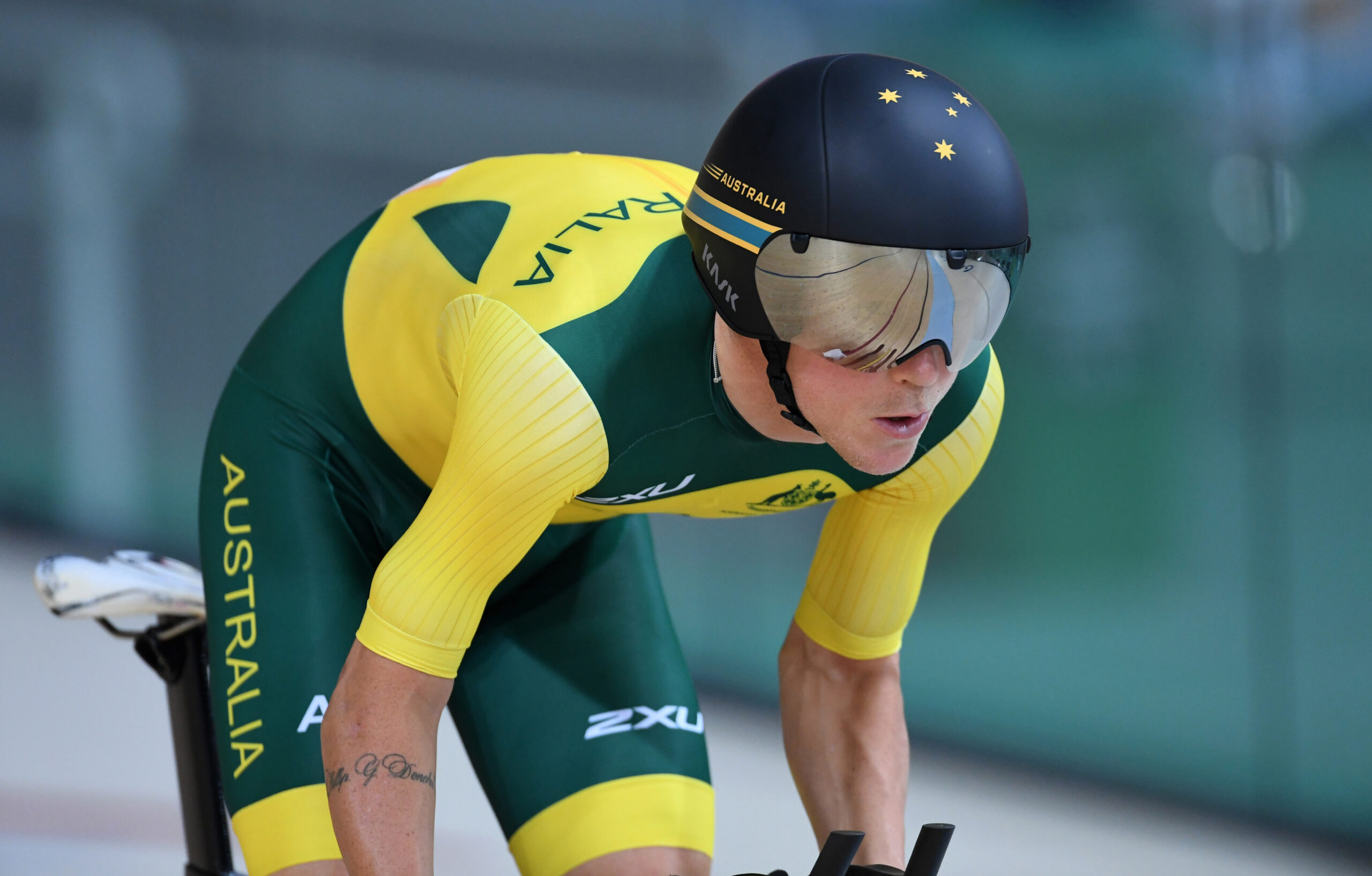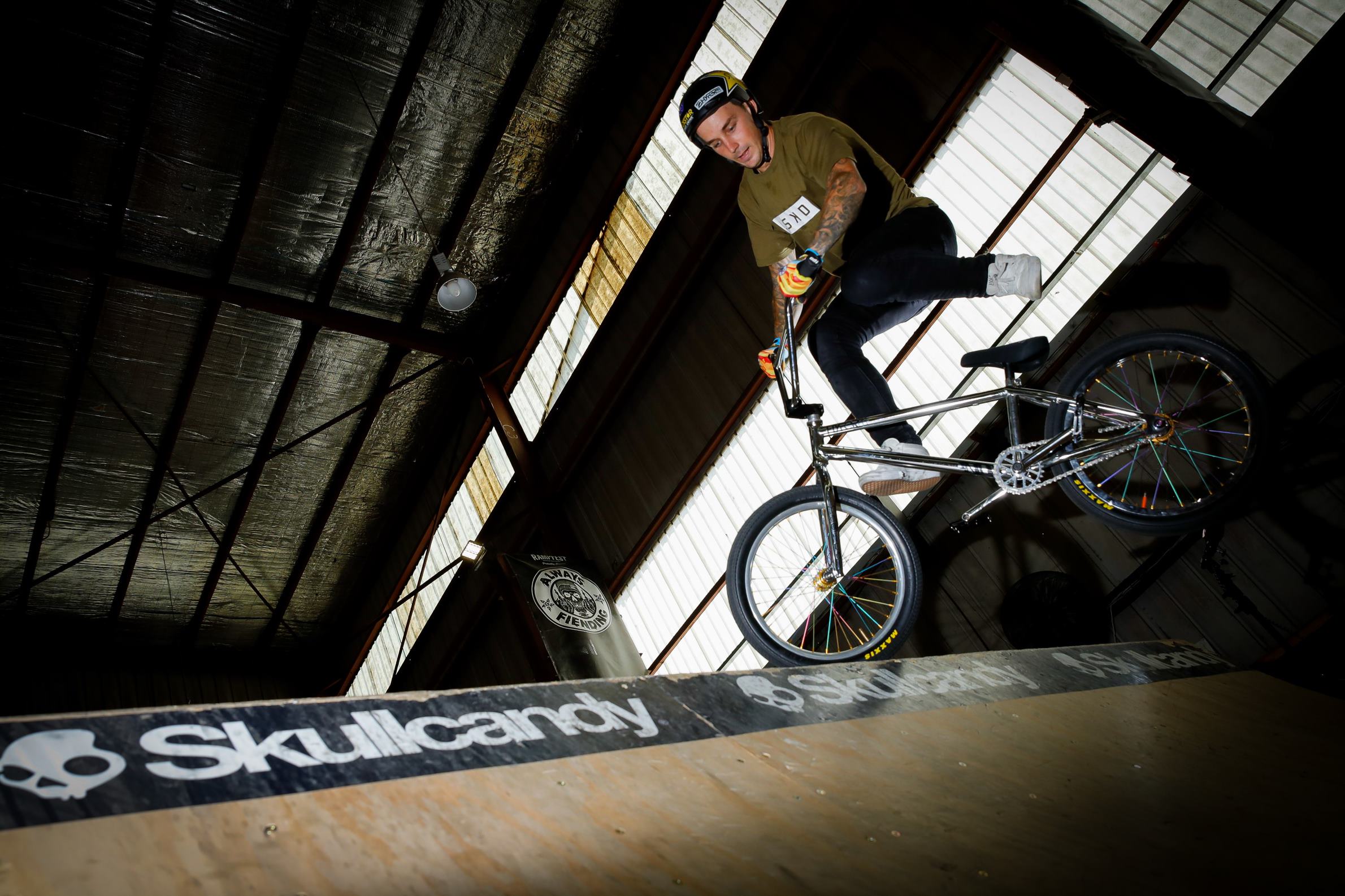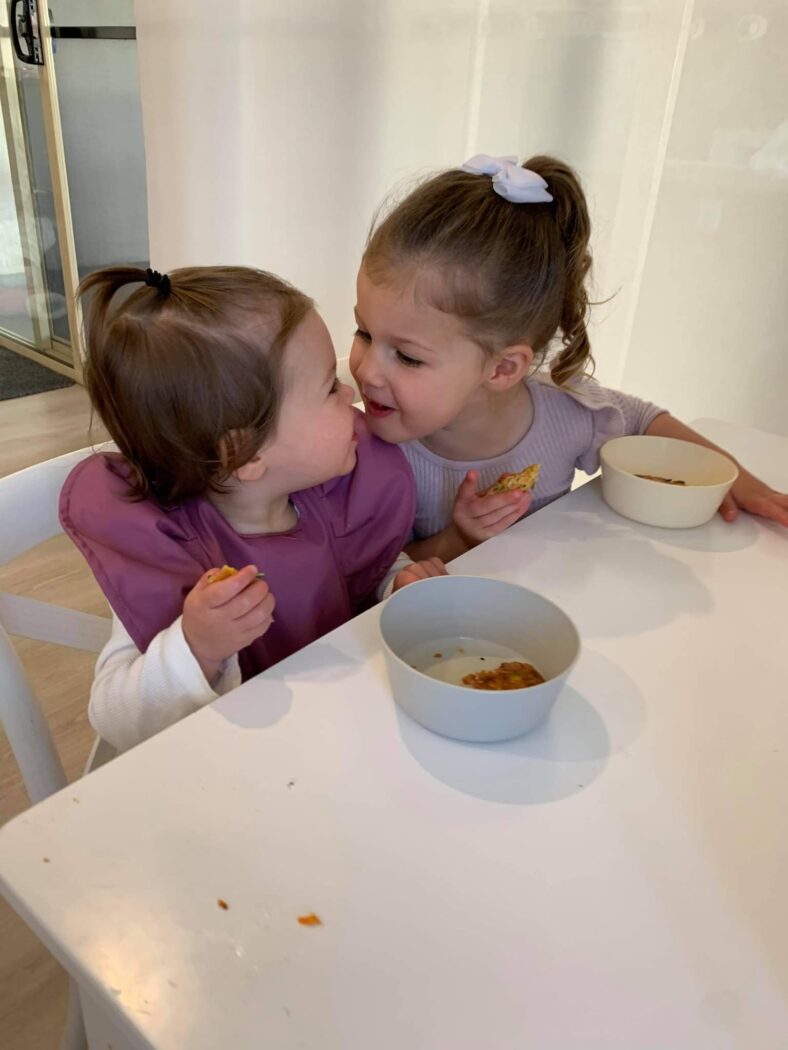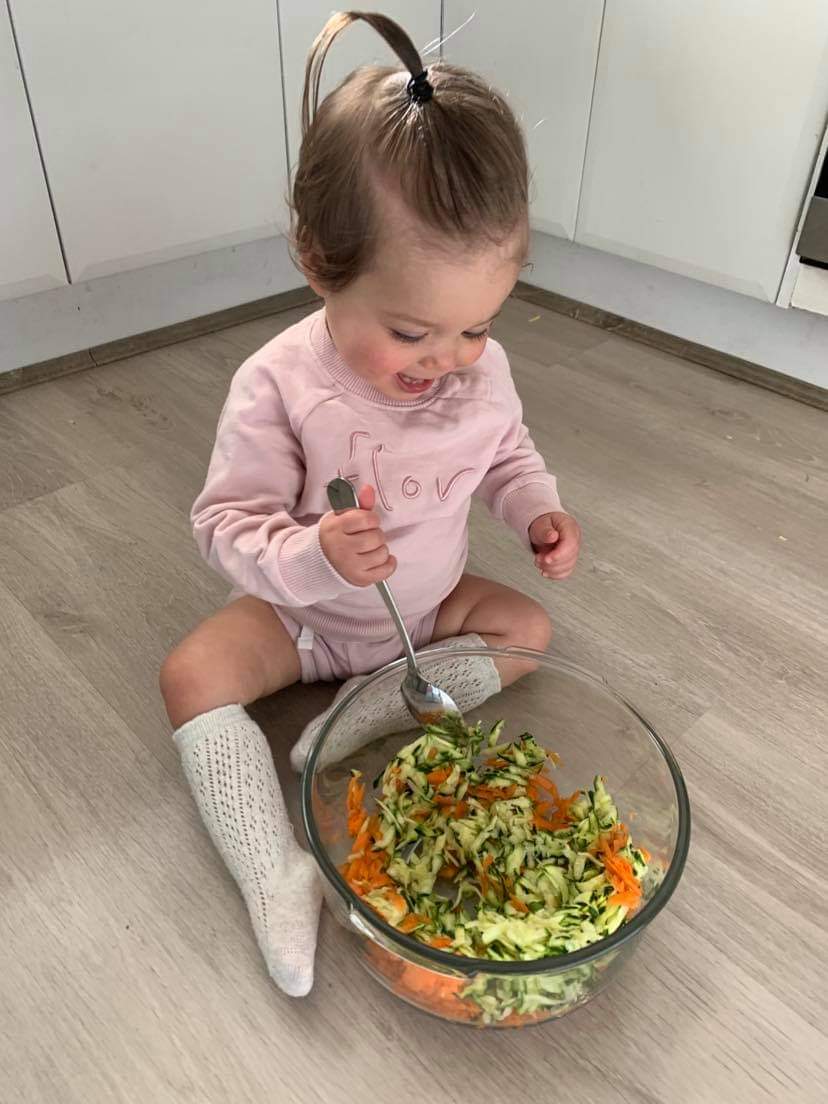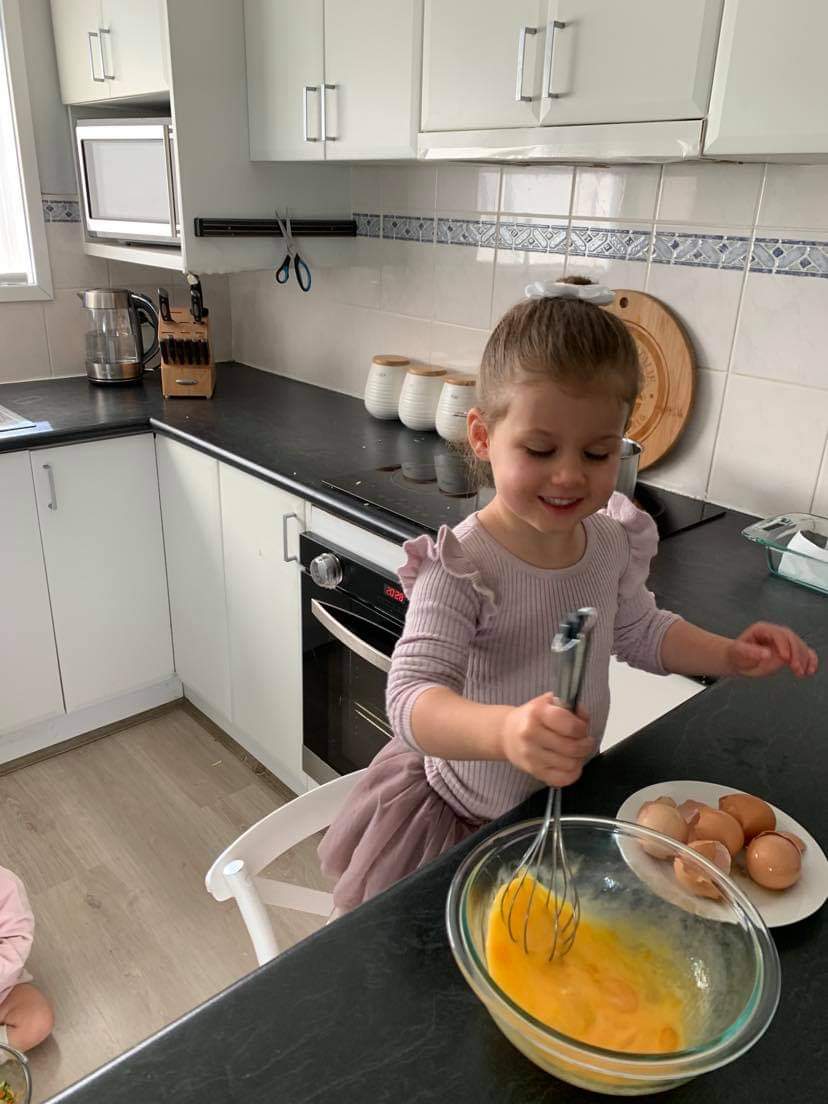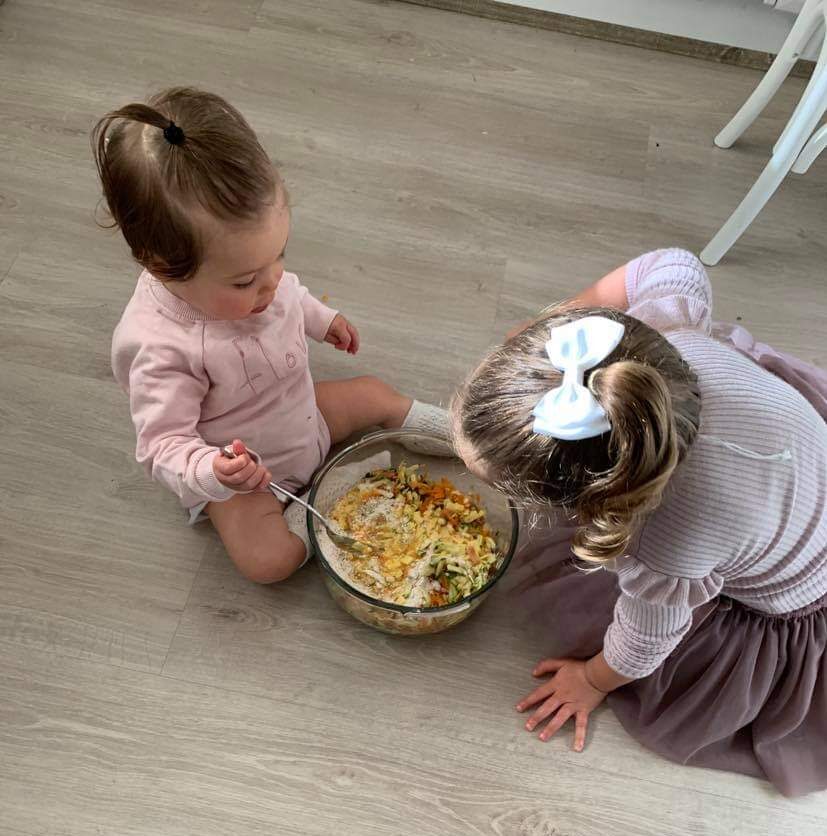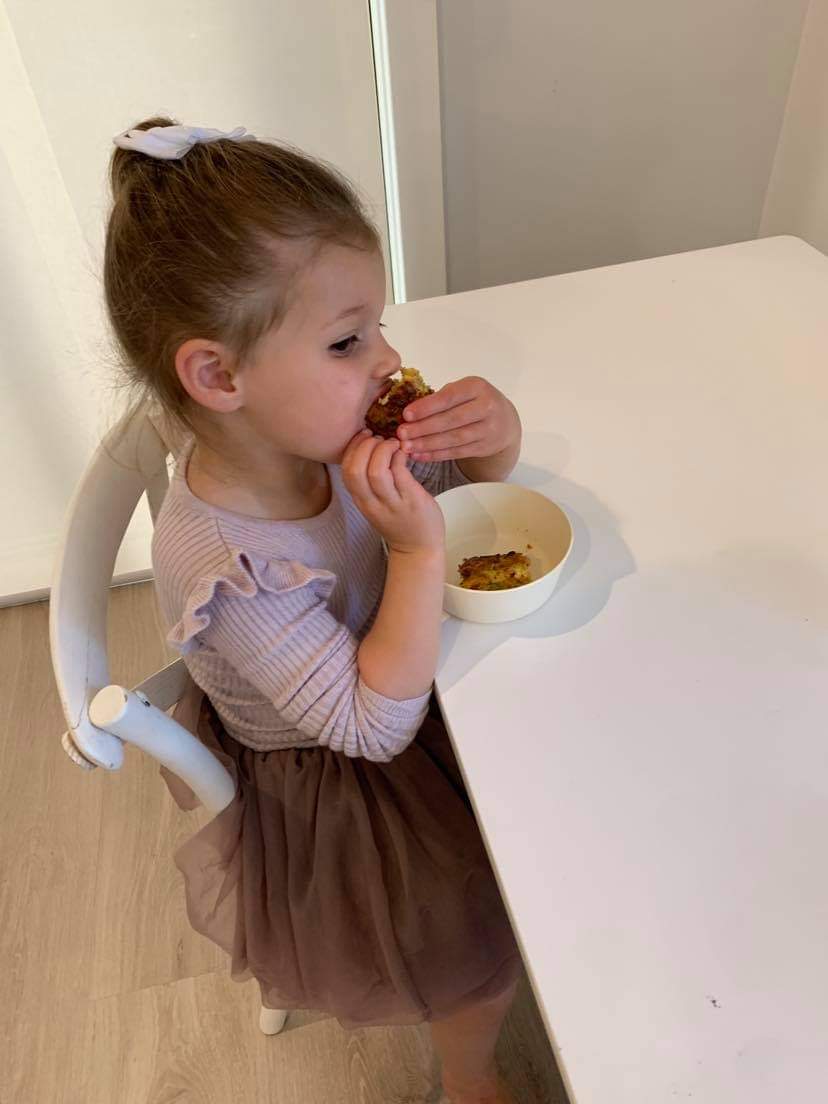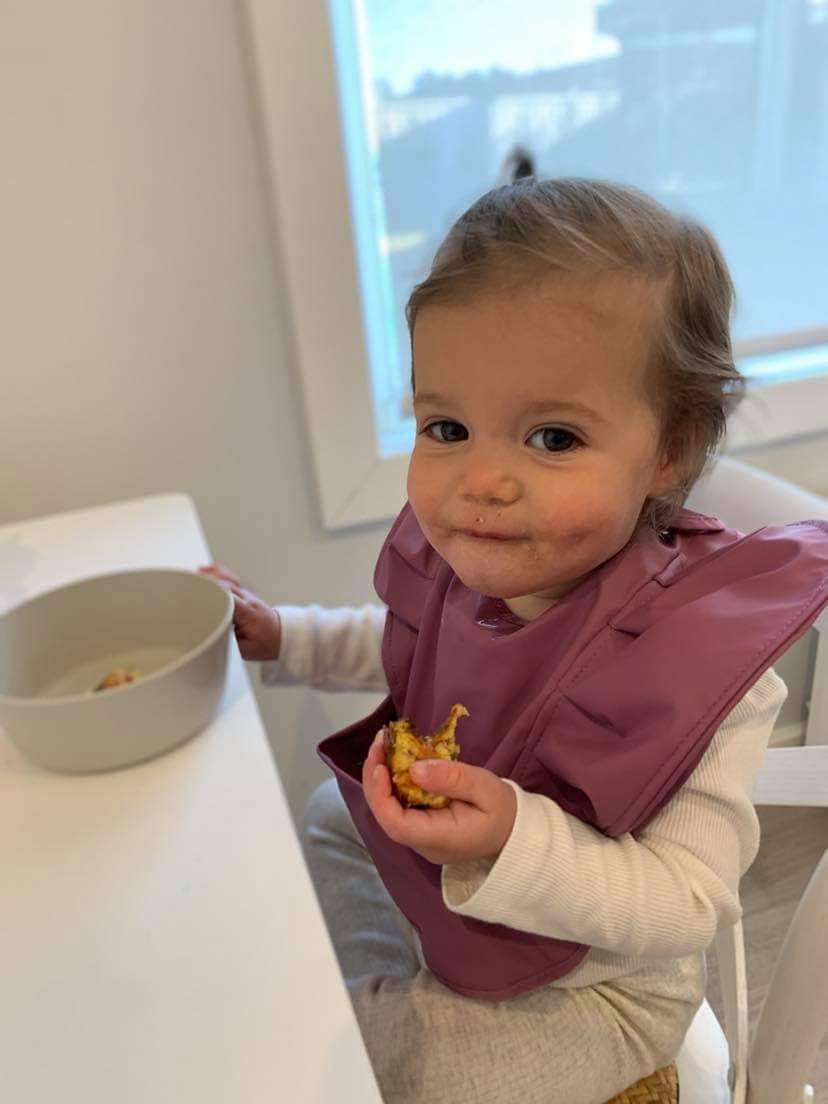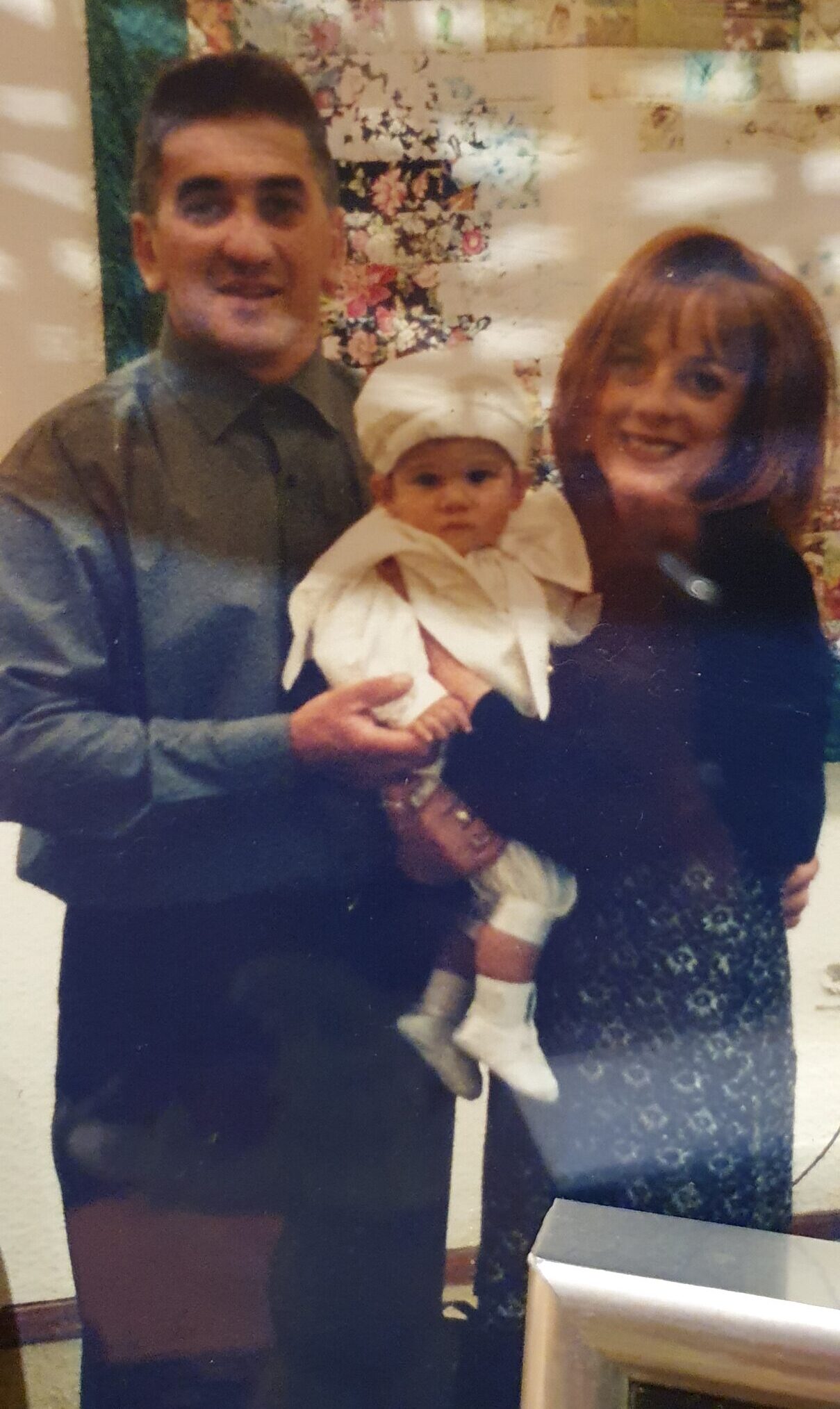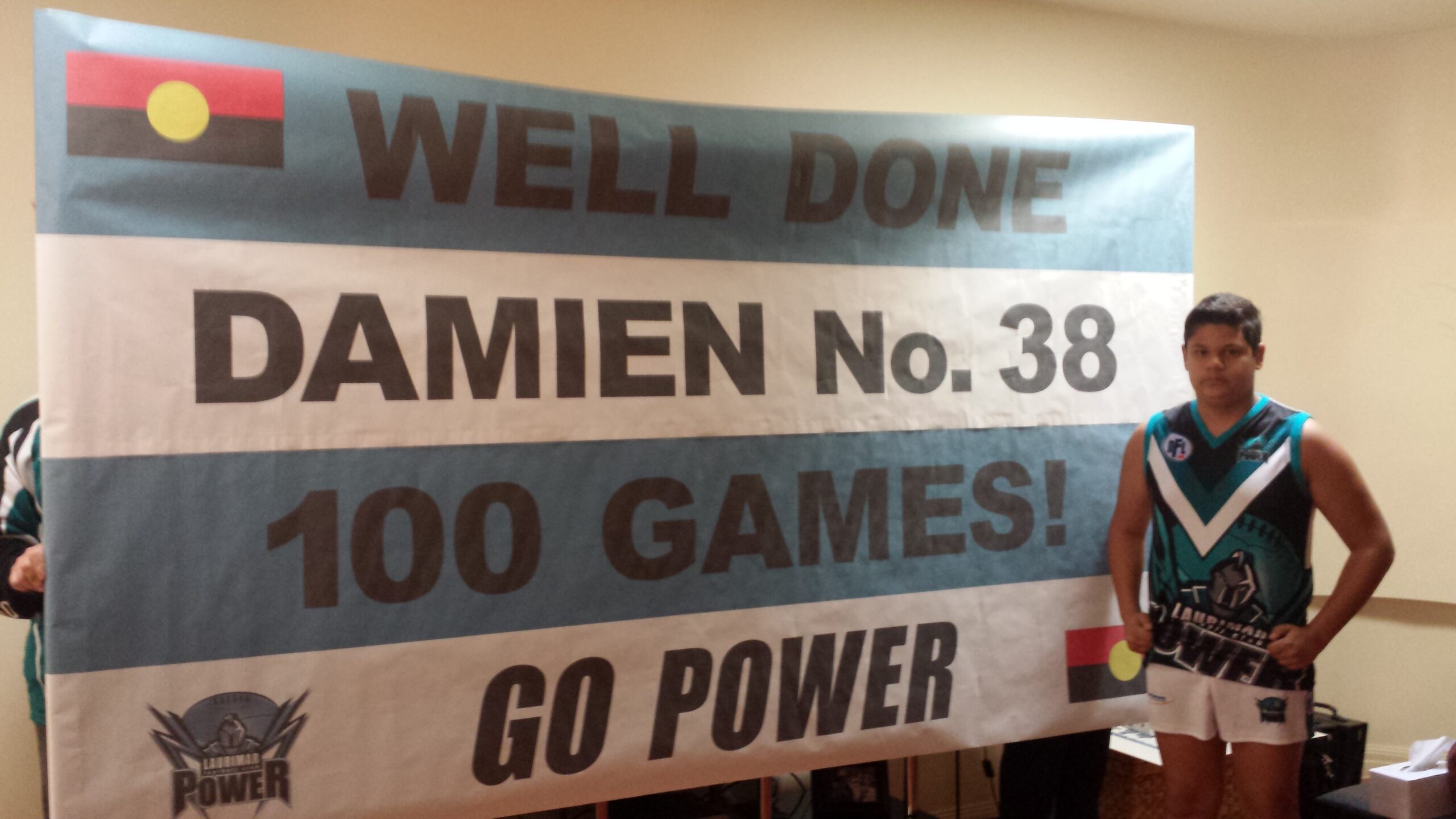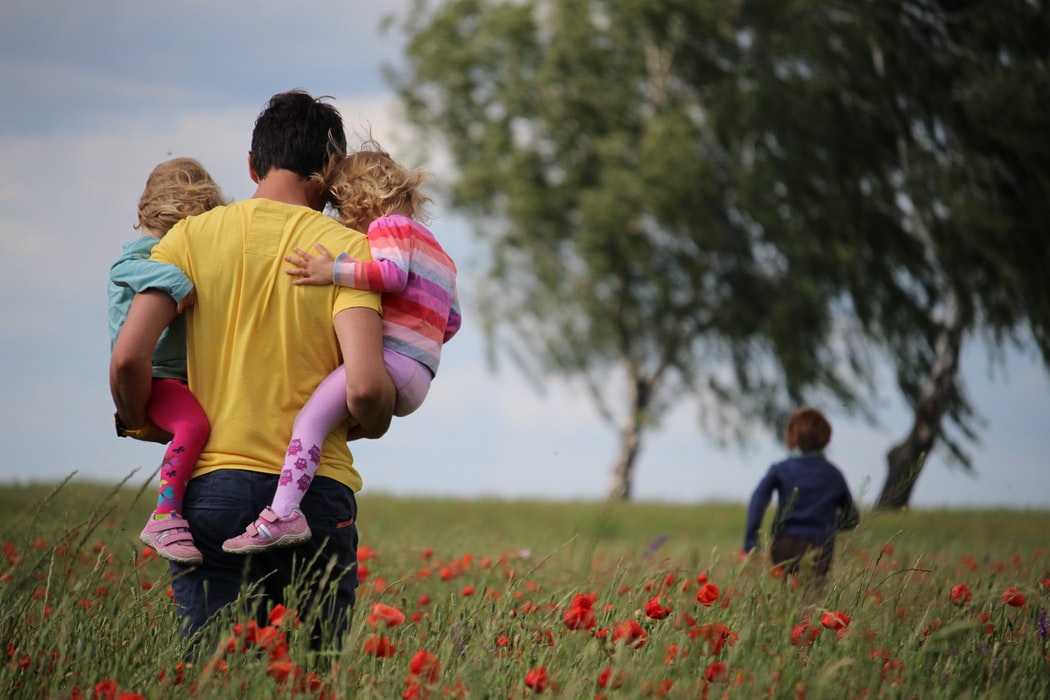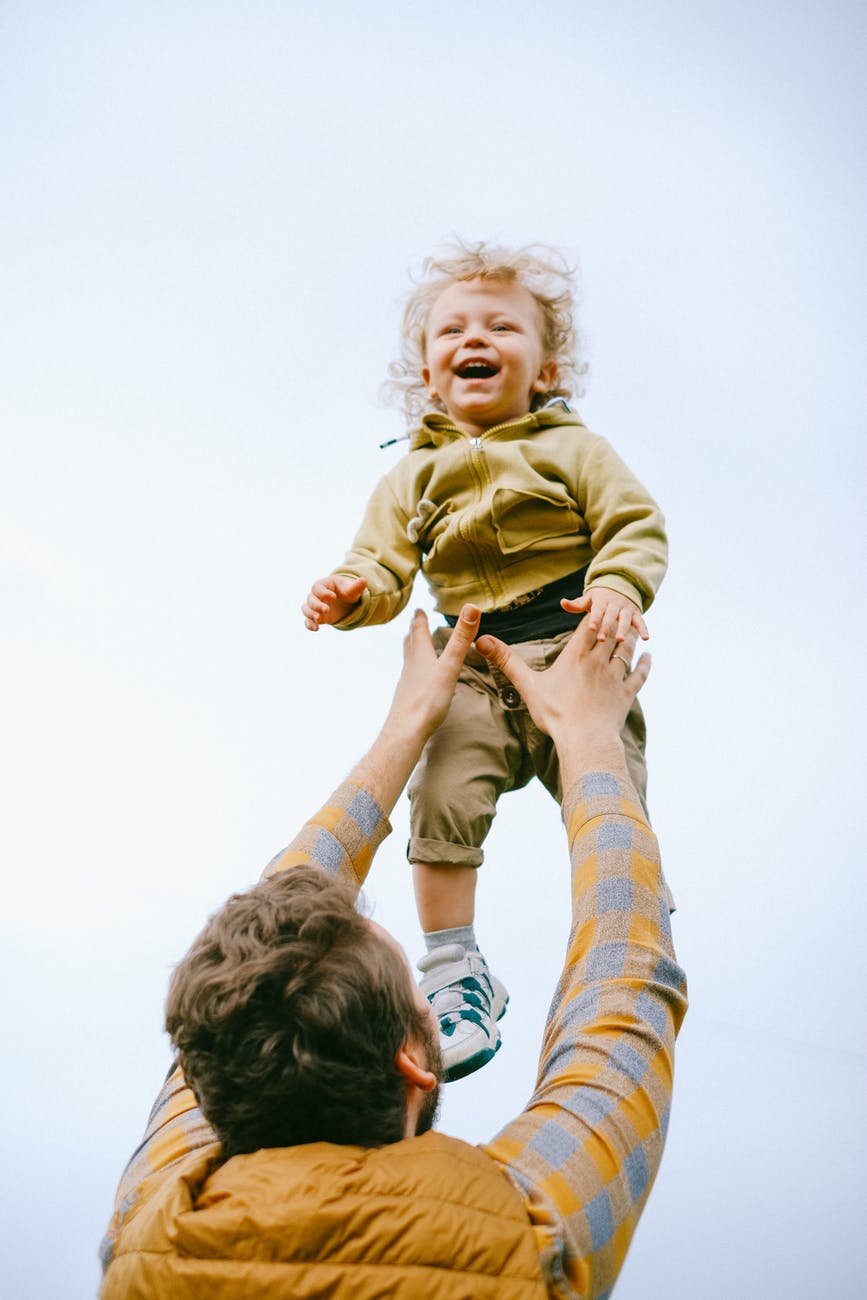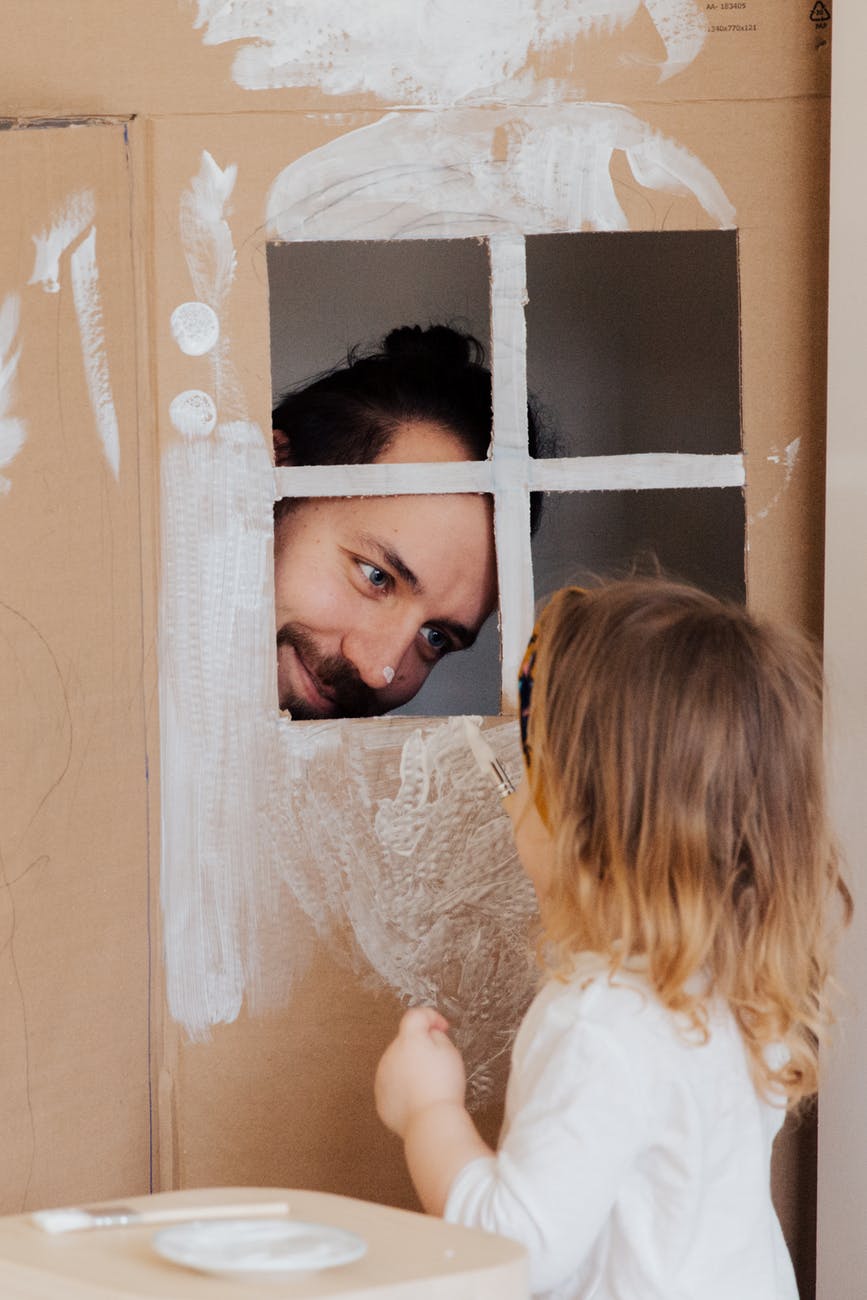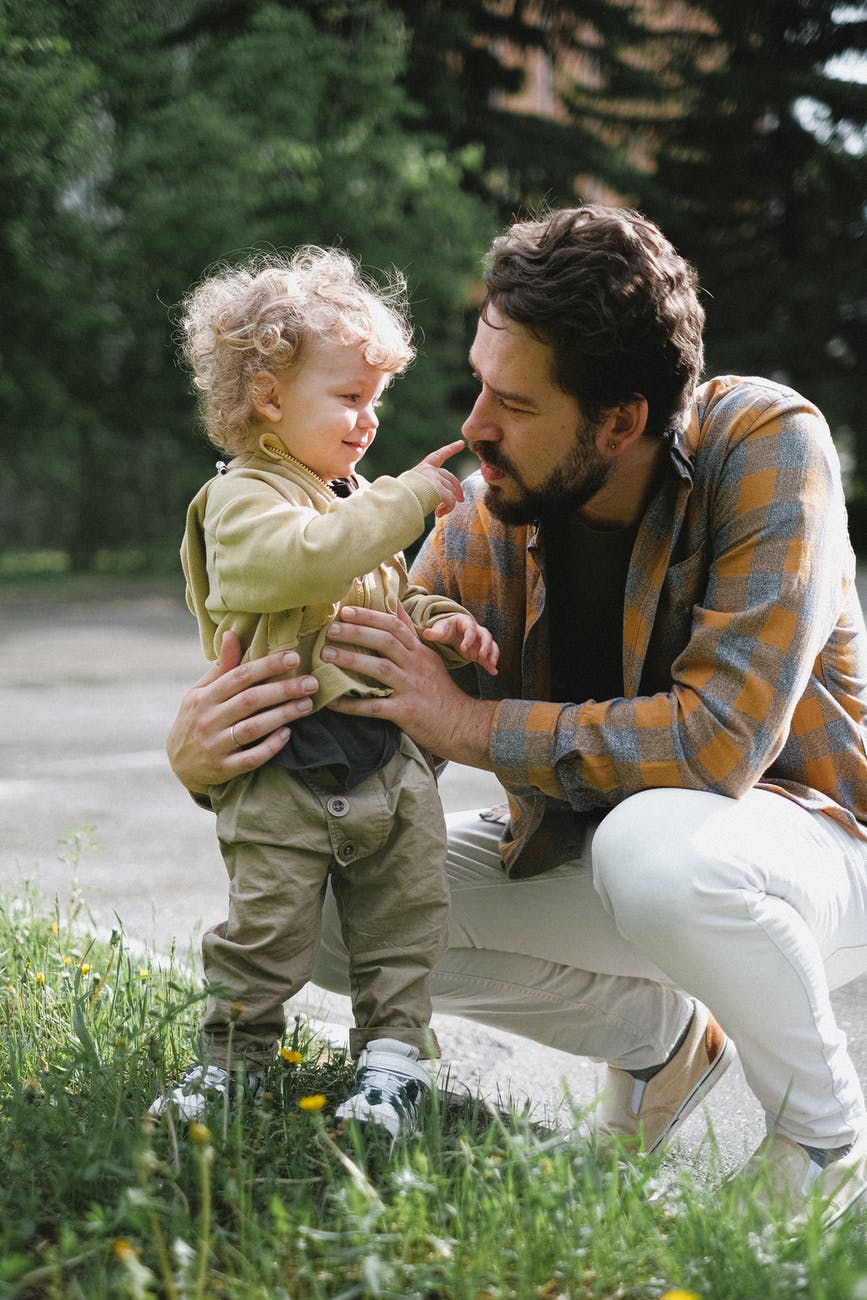Twelve simple and healthy dessert snacks that have minimal preparation, quick-step methods and nutritional benefits.
Summer is just around the corner, and for anyone who has been searching for a sweet treat that will hit the spot but remain guilt-free these twelve simple and healthy dessert snack recipes are ready for your everyday repertoire. From pancakes, to peanut butter oats to sorbet and homemade nice-cream there is something for the whole family to enjoy.
1. Easy Watermelon Sorbet
For those who are searching for something fresh but also like to indulge in the sweeter side, watermelon sorbet is the way.
Ingredients
• 3-4 cups of frozen de-seeded watermelon • 3/4 cup of coconut cream
• Half a small lime
Method
Blend and Enjoy!
2. Two Ingredient Mango Sorbet
A two ingredient simple mango sorbet that cools your cravings throughout the summer months.
Ingredients
• 3 cups of frozen mango • 1 can of coconut milk
Method
Blend and Enjoy!
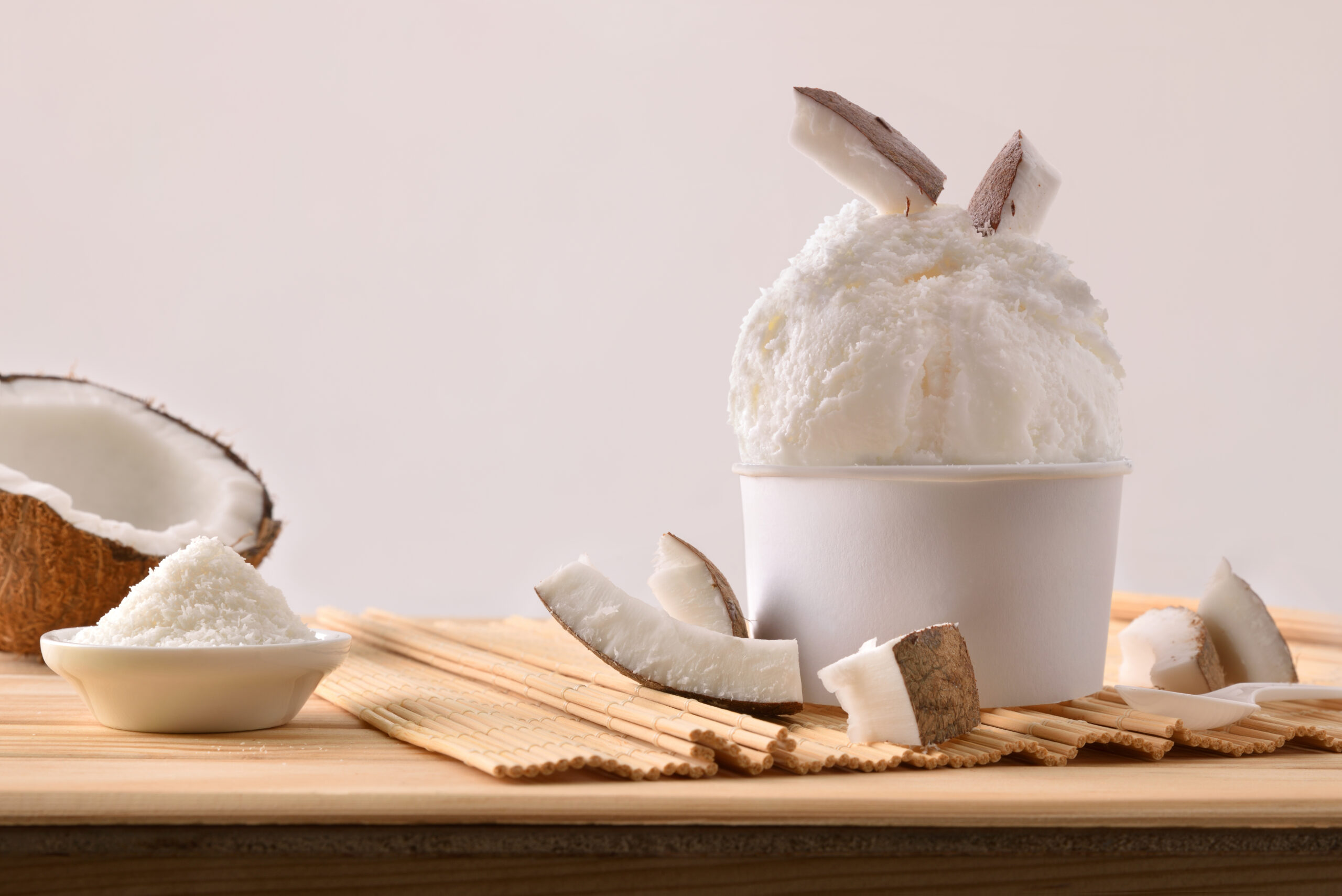
3. Creamy Coconut Nice-Cream
Summer calls for creamy coconut goodness, nice-cream can be eaten as made or poured into ice cream frozen moulds ready to enjoy.
Ingredients
- 4-6 frozen bananas (depending on the desired serving size)
- 1/2 cup shredded coconut
- 1/2 tsp vanilla extract
- 1/3 cup coconut cream
Method
Blend and Enjoy!
4. Chocolate Peanut Butter Nice-cream
Perfect for the chocolate lovers a creamy and fresh consistency through healthy and natural ingredients.
Ingredients
• 4 frozen bananas
• 3 tbsp natural peanut butter • 1 tbsp cocoa powder
• 1/4 cup almond milk
Method
Blend and Enjoy!
5. Very Berry Nice-Cream
An easy and fresh berry combination perfect for a summer afternoon by the pool.
Ingredients
• 2 Frozen bananas
• 1 cup frozen berries
• 2 tbsp almond milk
• 1/4 tsp vanilla extract
Method
Blend and Enjoy!
6. Chia Pudding
If you’ve been searching for an overnight snack option for those who love to healthy meal prep a chia pudding is a simple recipe that you can change up toppings daily.
Ingredients
• 1/4 cup chia seeds
• 1/2 cup of almond or coconut milk
Toppings of choice eg. Banana, Honey, Greek yoghurt
Method
Combine and refrigerate overnight. In the morning the chia seeds will have expanded and softened, ready to top with topping of choice!
7. Overnight Chocolate Oats
A solution for all of the chocolate lovers big and small, chocolate oats are a satisfying overnight breakfast or a ready-to-eat chocolate snack conquering cravings.
Ingredients
• 1 tbsp cocoa powder
• 50-100 grams oats
• 150 ml almond milk
• 1 tbsp natural peanut butter
Toppings of choice eg. Banana, berries, yoghurt or peanut butter.
Method
Combine all ingredients and refrigerate overnight. Top with toppings of choice and enjoy!
8. Baked Snickers Oats
Offering warm baked goodness of oats, with a melt-in-your mouth sensation the kids (and parents) will love as an after school treat or dessert.
Ingredients
• 1 cup of oats
• 1 tbsp cocoa powder
• 1 cup almond milk
• 1 tbsp maple syrup
• 1 tbsp natural peanut butter
• Dark chocolate chips (optional)
Method
Combine ingredients and blend together.
Transfer the blended mixture to a small baking dish.
Top with dark chocolate chips (optional) and a small
tsp of natural peanut butter in the middle before baking for 15 mins. The peanut butter will melt into the chocolate oats and be ready to enjoy!
9.Banana and Egg Pancake
Sunday morning breakfast just got a whole lot healthier, nutritious and delicious these pancakes are a simple revision to your classic repertoire.
Ingredients
• 1-2 mashed banana
• 2 eggs
• 1 tbsp Chia seeds / LSA Mix (Optional)
Toppings of choice eg. Mixed Berries, Greek Yoghurt, Honey, Peanut Butter.
Method
Mash the banana and combine in a bowl with eggs. Optional to add chia seeds or LSA mix-ins. Whisk until fully combined. Cook in a saucepan for roughly 5 minutes each side [lipping like a regular pancake until cooked on both sides!
Top with toppings of choice. Enjoy!

10. Cookie Dough
For all those cookie loving kids (big kids included) this recipe is a simple way to satisfy your cravings.
Ingredients
• 1 cup oat [lour
• 1/3 cup coconut milk
• 1 cup dates
• 1/4 cup dark chocolate chips • 1 tsp vanilla
Method
Combine all ingredients and refrigerate!
11. Peanut Butter and Date Cookies
The cookies that will transform your baking, a gluten and guilt free alternative, these can also be a great Christmas cookie.
Ingredients
• 1/2 cup natural peanut butter • 1/4 cup maple syrup
• 2 tsp vanilla extract
• 1 1/2 cups almond meal
• 1/2 cup chopped dates • 1 tsp baking soda
Method
Mix wet ingredients; peanut butter, maple syrup and vanilla in one bowl. Mix dry ingredients; almond meal and baking soda in a seperate bowl. Combine both mixes and fold in the dates to mixture.
Seperate and roll mixture into bowls, [latten and bake for 10 minutes. Leave to rest for 10 minutes.
Enjoy!
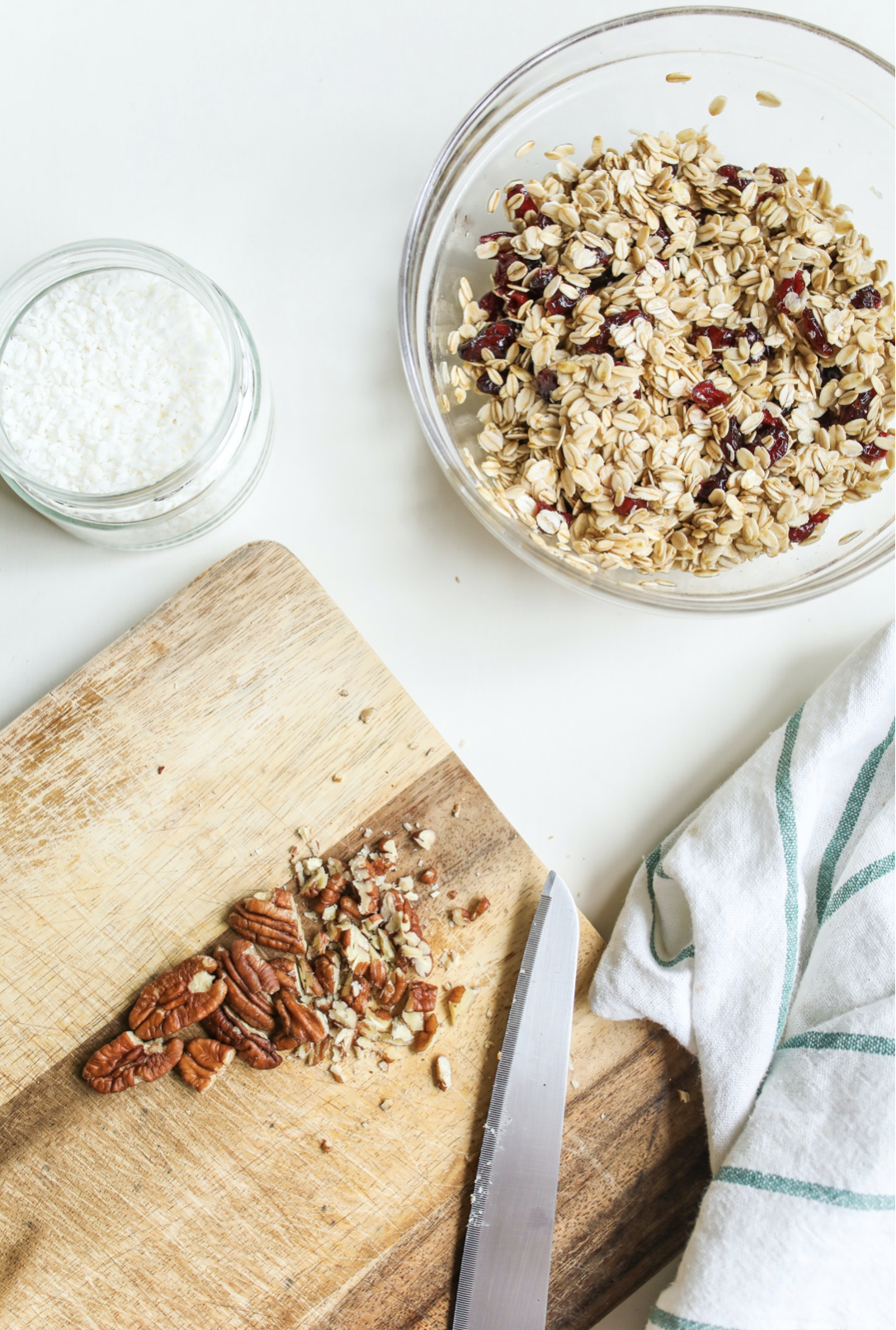
12. Vegan Museli Bars
The perfect lunchbox or after school snack, prepare and store for throughout the week!
Ingredients
• 1 mashed ripe banana
• 1/4 cup maple syrup
• 1/4 cup natural peanut butter
• 1/4 cup loosely chopped almonds • 1/4 cup loosely chopped walnuts • 1 1/4 cup rolled oats
• 1/4 cup gogi berries
Method
Roast the nuts and oats in the oven for 15 minutes.
In a saucepan combine peanut butter, mashed banana and maple syrup and stir until a melted consistency.
When the oats and nuts are lightly toasted combine them to the saucepan mixture add gogi berries and mix together in a bowl.
Pour the mixture and press down with a spatula into a baking dish lined with paper. Put some more baking paper onto of mix and use the spatula to press down tightly.
Place in fridge for about 1 hour to set.
Take the paper off mixture and cut into bars and Enjoy!



